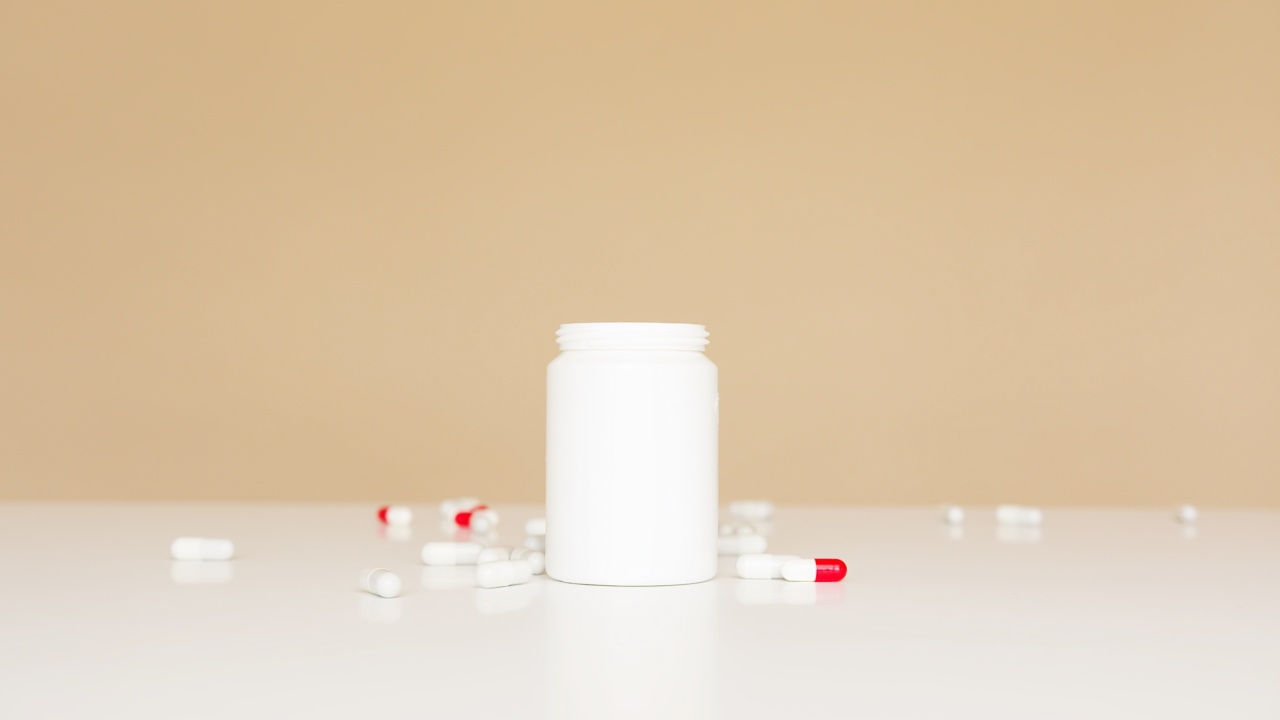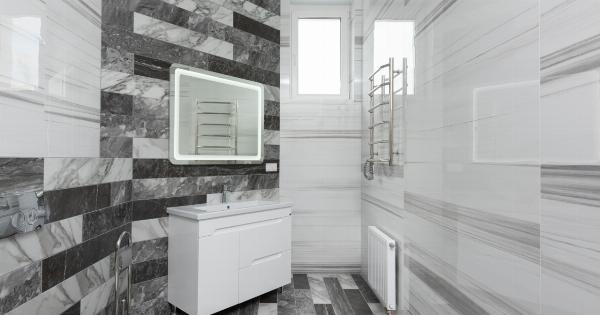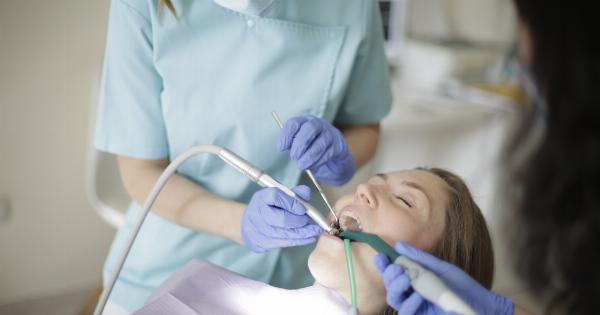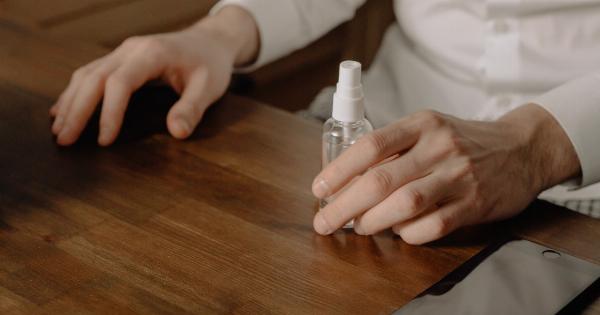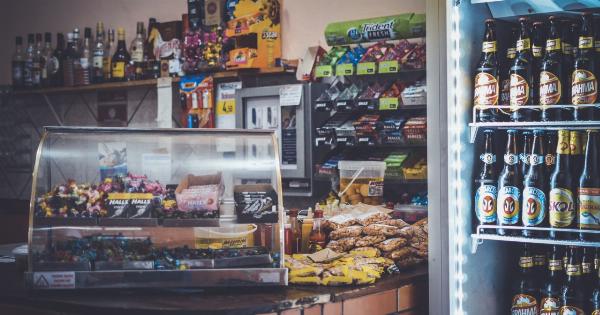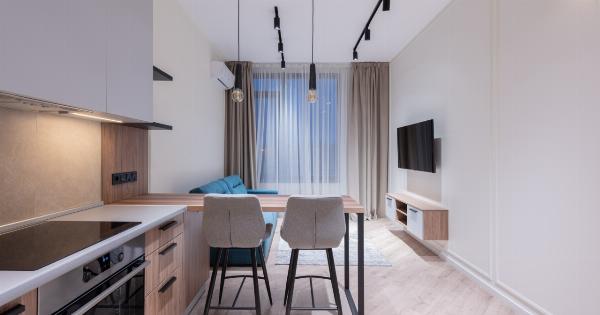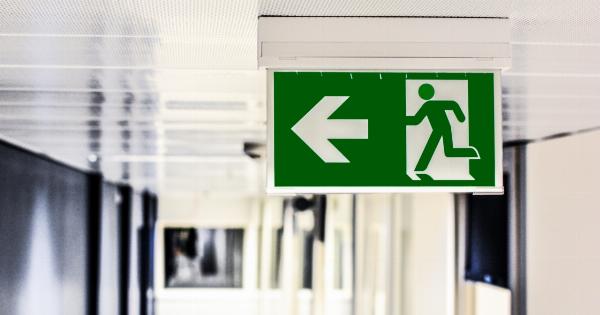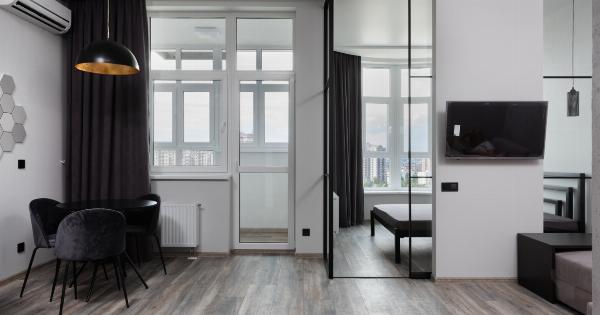Proper storage of medication is crucial for maintaining its effectiveness and ensuring safety. Storing medication in the wrong conditions can cause it to expire prematurely, lose potency, or even become dangerous.
The optimal place for medication storage is one that is cool, dry, and secure. In this article, we’ll explore the essentials of medication storage and provide practical tips for keeping your medicine in the best possible condition.
What Affects Medication Storage?
The ideal conditions for medication storage depend on several factors, including the type of medication and its specific storage requirements.
Some medications, such as insulin, require refrigeration, while others may be more sensitive to light or humidity. Here are some factors that can affect medication storage:.
Temperature
Temperature is one of the most critical factors in medication storage. Most medications are sensitive to high temperatures, which can cause them to lose effectiveness or spoil.
Similarly, extremely low temperatures may freeze certain medications, making them brittle or unstable.
According to the FDA, the optimal temperature for most medications is between 68 and 77 degrees Fahrenheit (20 to 25 degrees Celsius), although some medications may require storage at lower temperatures.
It’s essential to check the storage instructions for each medication and avoid exposing them to extreme temperatures or rapid temperature changes.
Humidity
Humidity is another important factor to consider when storing medication, as excessive moisture can cause mold, spoiling, or changes in potency.
High humidity can also cause some medications to clump together or stick to the packaging, making them difficult to dispense.
It’s recommended to store medication in a dry environment with relative humidity below 60%. Bathrooms and kitchens should be avoided, as they tend to be more humid than other areas of the house.
Light
Light can also affect the stability of medication. Exposure to light, particularly direct sunlight or fluorescent light, can cause some drugs to degrade or lose potency.
Medications that are sensitive to light are often packaged in opaque or dark containers, such as amber-colored glass or aluminum foil.
To protect light-sensitive medication, it’s best to store them in a cool, dark place away from direct sunlight or bright lights. Avoid opening medication containers in bright light or leaving them out on a countertop for extended periods.
Air and Moisture Exposure
Air and moisture exposure can cause some medications to break down or become less effective. Certain drugs, such as nitroglycerin, are highly sensitive to air exposure and can quickly lose potency once the container is opened.
To prevent air and moisture exposure, it’s essential to keep medication containers tightly closed and store them in a cool, dry place.
If you need to transfer medication to a different container, make sure it’s clean, dry, and airtight to prevent contamination.
Security
Proper medication storage doesn’t just involve temperature and humidity control but also ensuring that medication is kept out of reach of children and pets.
Many medications, particularly prescription medications, can be dangerous if taken by someone other than the intended patient.
It’s recommended to store medications in a locked cabinet or drawer, out of sight and reach of children and pets. If you have multiple medications, it may be helpful to separate and label them to avoid confusion and prevent accidental ingestion.
If you have expired or unused medication, dispose of them properly and never flush them down the toilet.
Where to Store Medication?
Based on the factors discussed above, the optimal place to store medication is preferably:.
1. Cool and dry place
As mentioned earlier, most medications require storage in a cool, dry environment with temperatures ranging from 68 to 77 degrees Fahrenheit (20 to 25 degrees Celsius), with humidity levels below 60%.
Examples of ideal storage places include cabinets, drawers, and closets in rooms with air conditioning or heating.
2. Away from light
Medication should be kept away from direct sunlight or bright lights that may cause degradation or loss of potency. Ideally, store them in opaque or dark containers in cool, dark places away from windows or bright light sources.
3. High up and locked away
The optimal place for medication storage is somewhere high up, like a locking cabinet or drawer. This not only ensures the medication is secure and out of sight but also prevents children and pets from accessing them accidentally.
By keeping medication out of sight and reach, you reduce the risk of accidental ingestion and ultimately prevent emergencies.
Conclusion
Proper medication storage is essential for ensuring safety and maintaining effectiveness.
Consistently following the proper medication storage practices will give you the peace of mind that medication is readily available when you need it and is in its best possible condition.
